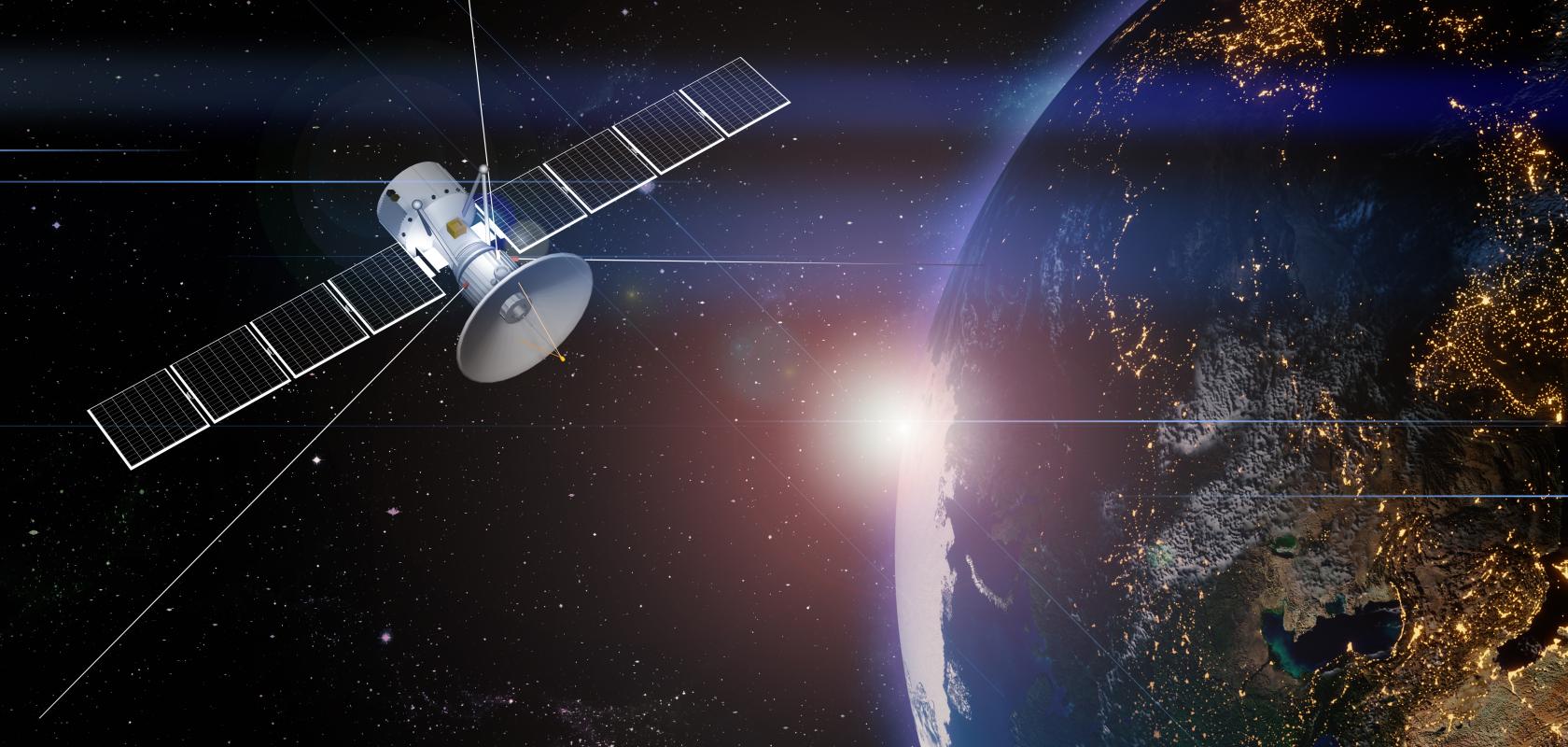When it comes to designing optical systems for use in space applications, as well as the environmental factors, size and weight limitations and durability considerations, a big challenge is the often tight and rigid timescales associated with a launch.
The launch window will have been carefully calculated to ensure that a spacecraft can enter the desired orbit efficiently, in order to minimise fuel consumption and maximise mission duration. It is important, therefore, to partner with an optical component supplier with the specialist expertise to ensure that components not only meet the stringent performance requirements of a space mission, but that these can be delivered in a time-critical manner, to allow for testing prior to launch, as one Omega Optical customer learned.
The customer required a multi-zone filter in a “butcher block” formation for a satellite project. Such a multi-component hyperspectral imaging filter, requires multiple spectral bands to be combined into one component. The project had a very tight launch window, and the customer had a specific vision of their requirements. However, as Markus Fredell, Principal Thin Film Design Engineer at Omega Optical explains: “The customer had a concept of a project that they knew, to some degree, exactly what it was that they were looking for. But, at the last minute, they decided to add value by modifying the way that it was receiving data."
This posed a number of challenges. The traditional multi-zone filter would require extensive labour, making it more difficult to produce within the compressed timeline. Steve Washkevich, Application Engineer at Omega Optical says: "They needed to launch in six weeks, and they wanted 10 or 15 different spectral bands, which would mean many different coating runs for each of the filters, which are then assembled together to make that butcher block."
Navigating the challenges of time and space
Omega Optical, known for its ability to handle complex projects, quickly assessed the situation. Fredell explained, "A multi-zone filter using this butcher block construction can be really difficult to produce within the timeframe that they had, but a linear variable filter (LVF) that also provides the same wavelength ranges that were critical to their project, that's something that we can do really, really well in the timeline." This type of filter had the benefit of a single coating run, significantly reducing production time and complexity.
The transition was not without its hurdles. As Washkevich described: "We started off with one condition and ended up with another where we have the LVF technology. In addition, during the course of that, they also decided that they needed clearer pixels and a broad spectrum view, because of the different kinds of difficulties in terms of limiting the range and integrating a clear portion of the window into this other coated object. We were able to negotiate and work with their selected integrator for the cameras, the body manufacturer and their teams to help come up with a solution where we were able to do that in a creative way.”
One challenge during this transition was ensuring that the LVF met all the spectral requirements. Omega Optical’s team took on the meticulous task of mapping the spectra themselves. Fredell noted: "We map these spectrally ourselves, we did the measurements needed by the whole curves and data collection, the data that we actually give to the customer."
Collaborative problem solving
As alluded to by Washkevich, a particularly notable aspect of this project was the collaboration between various stakeholders. Omega Optical leveraged its network of trusted third-party partners to help ensure the project's success. Says Washkevich: "We reached out to Brandywine Photonics as this was well suited to their skillset and folded them into the conversation. They were integral in helping to meet the launch timeframe.”
Despite the compressed timeline and technical challenges, Omega Optical managed to deliver. Fredell recounted a specific incident which resulted in a need for additional parts to be cut, identified and decided for the project. He says: "We had to go back in, remapping things, but in the course of eight hours, we had the new parts because we have the experience to always think ahead to where a project could go wrong. So, we had enough viable material to hand to match the customer’s expectations, and we delivered to the integrator in three weeks, which allowed enough time to have an expert test them.”
The results and impact
This demonstrated Omega Optical’s ability to take ownership of a project and see it through end-to-end, even after it physically leaves their hands, and beyond. The customer’s satellite successfully launched, and as Fredell puts it: “You become a fan of these companies after you produce for them. So far, everything that I've seen from the press on their projects has been really positive. It's just great to see them win.”
Find out more information about how Omega Optical can help with your space project.


